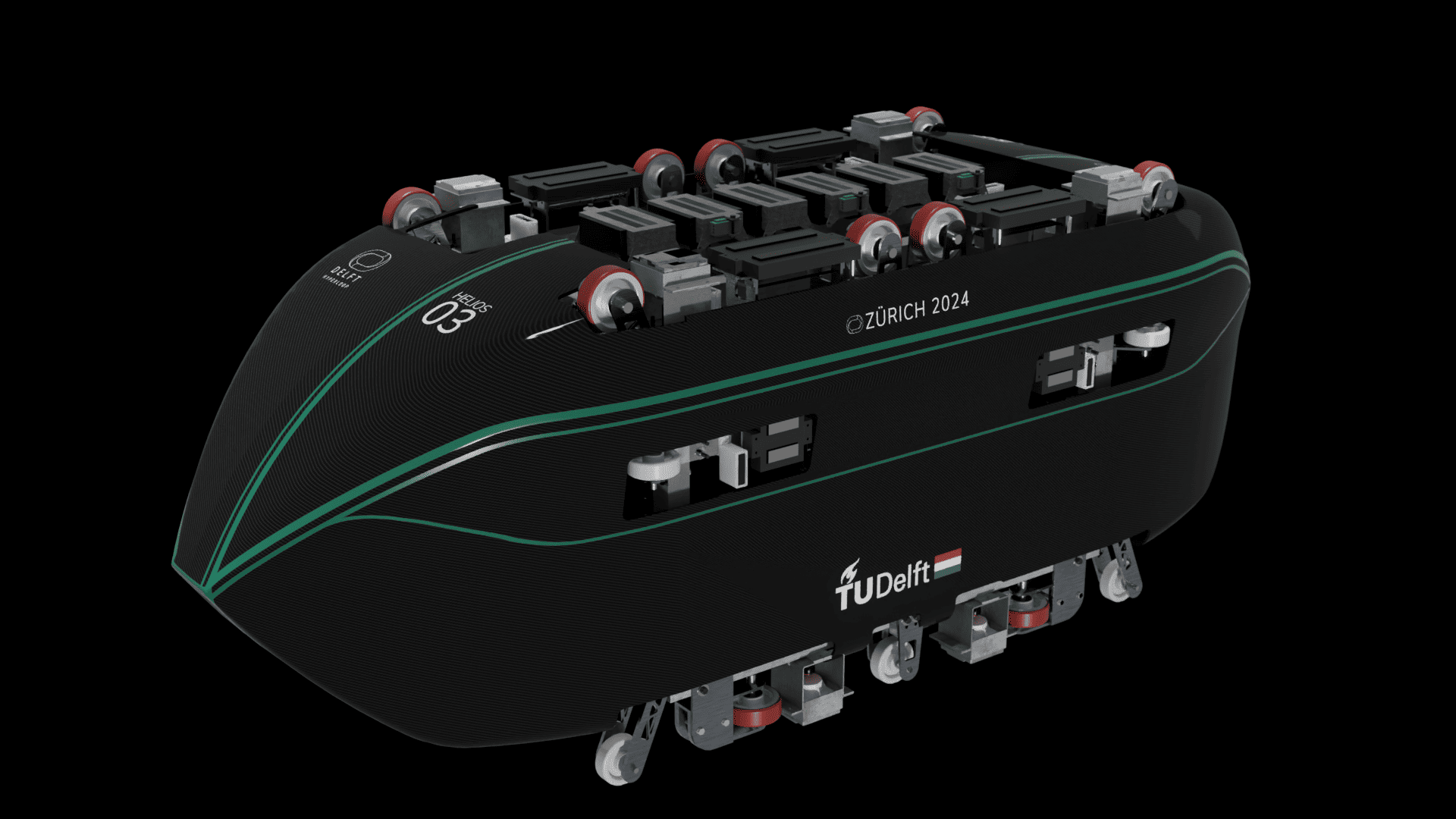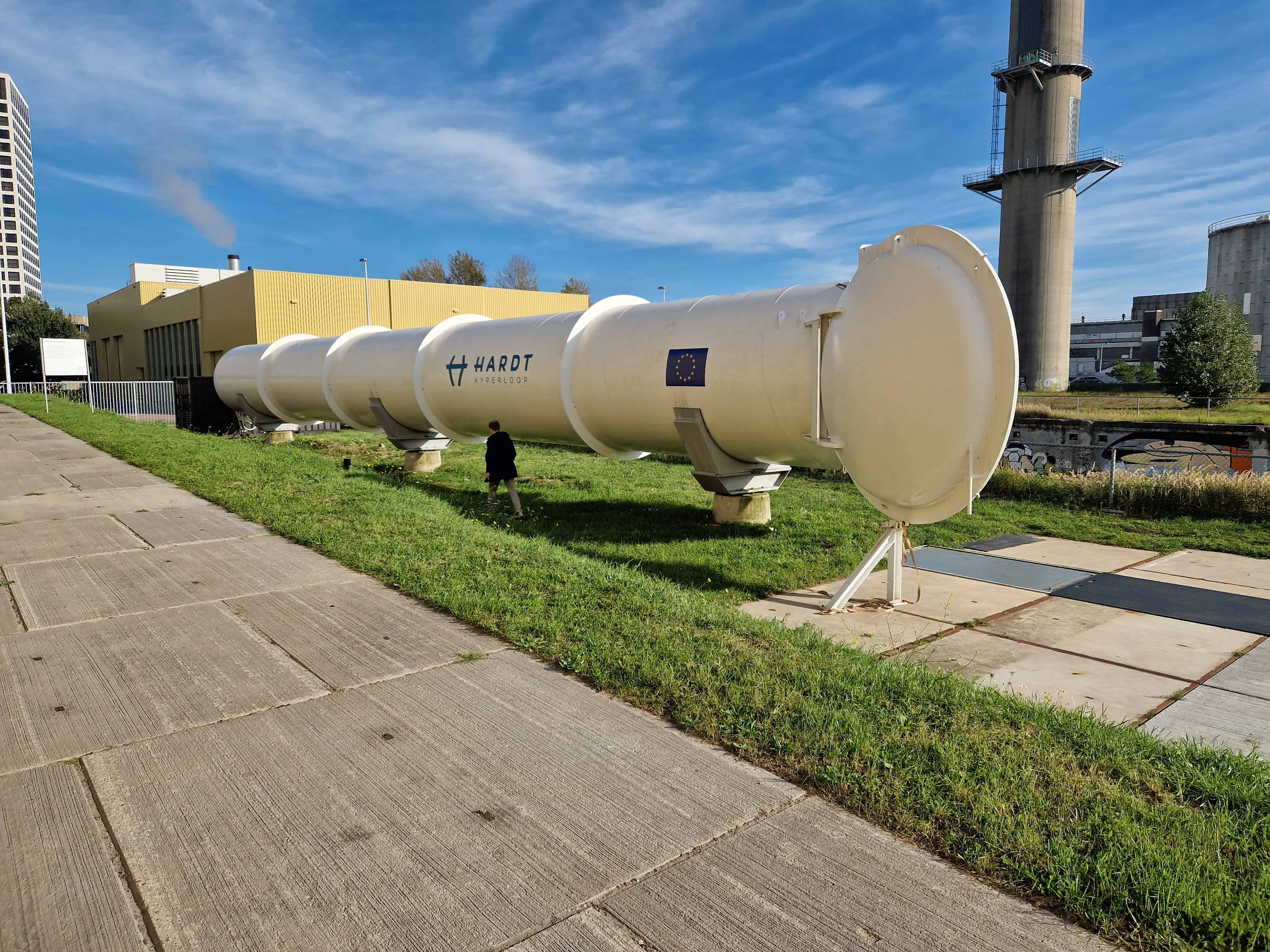
The Delft Hyperloop team of the Delft University of Technology (TU Delft) presented its latest design, promising to be the first Hyperloop team in the world capable of a full lane switch.
The Hyperloop is a future transportation system where pressurized vehicles called pods run inside vacuumed tubes. By using magnetic propulsion that operates completely electrically, there is also no use of fossil fuels. The lane switch feature is essential to make the pods propel in different directions.
Why this is important
The Hyperloop promises to be the fourth mode of transportation, combining the comfort of the train and the speed of an airplane. Students are also active in developing this technology.
Delft Hyperloop is one of the university student teams. Every year, a new cohort of students develops a new prototype, bringing innovative elements to the technology. In addition to orbit change capabilities, the designed pod has a motor drive and a water cooling system. This way, the students aim to make wagons much more manufacturable on a large scale, thus a significant step for implementing a hyperloop network.
Testing lane switch
Starting in mid-April, tests will take place on a 40-meter track next to the TU Delft D:Dreamhall. The test track splits in two halfway through, allowing the Hyperloop pod to go straight ahead or turn the corner without touching the track.
The previous Delft Hyperloop teams have laid the foundation allowing the eighth team to achieve lane switch. They developed a prototype that could float completely, with the track directly above the vehicle. A track change sounds simple but is very complicated for a hyperloop system. To make an effective switch, many different factors must be considered, such as the balance of forces acting on the vehicle. It is essential to think carefully about how powerful the magnets on the left or right side of the car should act to steer it appropriately, as well as with the centrifugal force, which depends on how fast the vehicle is going through the turn.
“Turn right at a junction? Then you go to Paris. Still prefer Milan? Then, the vehicle (the pod) turns left. This makes the latest innovation a milestone for the team and a hyperloop network,” explains Cem Celikbas, Team Captain of the Delft Hyperloop.

Proprietary motor controls and water cooling system
To make a track change possible, the pod must be able to go through the turn at sufficient speed. To do this, they use their efficient motor designed by last year’s team. To make this motor even more efficient and to ensure that it receives exactly the amount of power needed at a specific time, this year’s team has also designed its own motor controls (motor drives). Previously, these were provided by their partners, but these proprietary, custom-made motor drives allow the student team to optimize their prototype further.
All of these electrical components allow the prototype to move and float on the track, but they also produce a lot of heat. To ensure that this produced heat – in a vacuum – stays away from all critical components, the team devised an evaporative water cooling system that takes advantage of the lower boiling point of water in a vacuum. The heat produced is stored in the water and then released into the hyperloop tube, similar to how humans sweat. This solution seems simple but is crucial for protecting their most complex systems.

